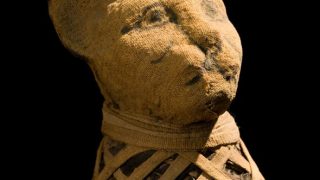
MI weekly Selection #192
Humanities & Social Sciences • Science • Technology • Weekly Selection
Cancer found in bone of ancient human ancestor Evidence of cancer has been found in the toe bone of an ancient human ancestor who died 1.6 million to 1.8 million years ago, suggesting the deadly disease isn’t just caused by lifestyle factors. Researchers examining the bone using 3D imaging identified a malignant osteosarcoma tumor. National […]








